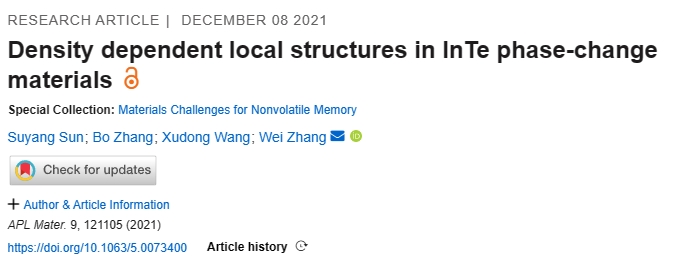
Chalcogenide phase-change materials based random access memory (PCRAM) is one of the leading candidates for the development of non-volatile memory and neuro-inspired computing technologies. Recent work shows indium to be an important alloying element for PCRAM, while a thorough understanding of the parent compound InTe, in particular, its amorphous phase, is still lacking. In this work, we carry out ab initio simulations and chemical bonding analyses on amorphous and various crystalline polymorphs of InTe. We reveal that the local geometries are highly density dependent in amorphous structures, forming In-centered tetrahedral motifs under ambient conditions but defective octahedral motifs under pressure, which stems from the bonding characters of its crystalline polymorphs. In addition, our ab initio molecular dynamics simulations predict rapid crystallization capability of InTe under pressure. Finally, we make a suggestion for better use of indium and propose an “active” device design to utilize both thermal and mechanical effects for phase-change applications.